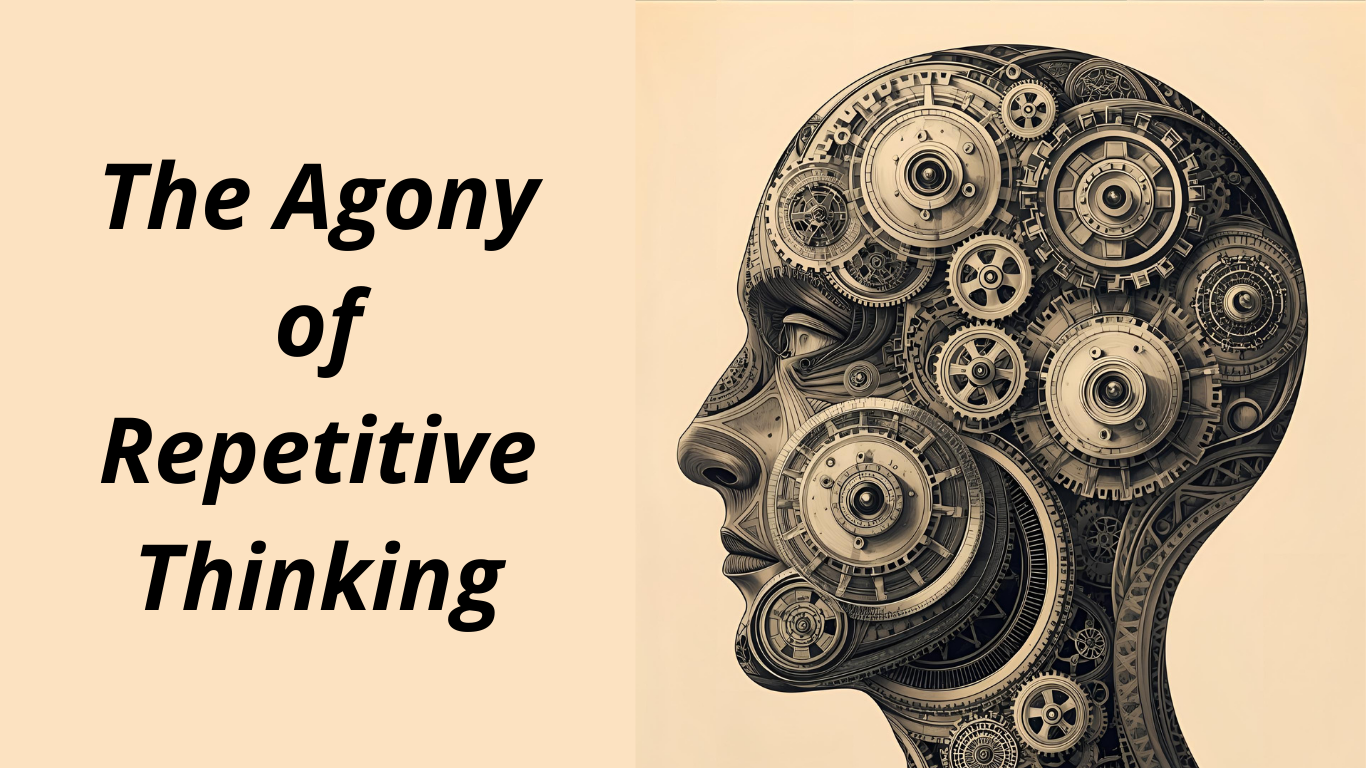Repetitive thinking shows up in many ways. It can show up as routine thinking. When we become accustomed to a routine way of thinking, we don’t question it anymore. But repetitive thinking can also apply to social customs and manners that are widely accepted but not true. A very popular social custom is to sound nice, positive, spiritual, or moral. In other words, we do not say what we are actually thinking. That makes us inauthentic. It also causes us to project what we are hiding on to others.
The thought that arises first when we go to say something is what is in our mind. After all, we just thought it. Now, if that isn’t a nice thought, and we don’t want to say it, we should just let that thought go. Then we might say the next thought that arises in our mind, or we might let that thought go too. Eventually, we stop changing our mind or fixing our mind. We don’t have any thoughts in our mind that we don’t want to say anymore. With that intro, here’s our conversation.
Damien 1/24/2017
Lately, when I am involved in a conversation or overhear a conversation, it appears to go too fast for me to discriminate. So I make a quick note and come back to it later so that I can let go around anything that generated emotion. The one thing I did not see so well was projection. This post really helped me to see projection more clearly. Especially the part where you’re talking to someone who was talking nicely and positively.
Thank you, this was really helpful.
Cathy Replying to Damien 1/25/2017
Yeah, projection is hard for everyone because conversations do move very quickly. I still get caught in projections occasionally. I’m glad that the article was helpful.
Here’s some additional commentary for this article. First of all, you have to look at what beliefs you have that cause you to believe others or to take in what they say. We have beliefs in our minds that cause us to take in beliefs. For example, we think that we must believe someone with greater status or authority. We believe such people without thinking about doing so. We forget to discriminate when they speak.
At the end of initiation, we don’t believe any other person on any topic, but it takes years to get there. As free-minded beings, we don’t place anyone above us or below us. We live from our individual mental containers. But that isn’t how the illusion works. In the illusion, people have shared beliefs, shared knowledge, and shared rules and values. They have false identities stuck in their mind. The illusion is very complex. That’s why the Gold Circle takes time…much more time than people wish it took.
Let me elaborate on this issue of projection. When someone doesn’t say what they are thinking, they project out what they are hiding. Oh this horrifies people; they thought they were hiding their shitty thoughts. But we never are. Of course, most people don’t notice projection because their mind is so damn noisy. Most people are thinking when they are listening, so they aren’t listening at all. That also means that they aren’t discriminating.
But when you clean up your mind, it becomes quiet; you notice projection right away because you do listen to people. People who pretend to be nice, moral, positive, or spiritual always project. That used to upset me; I didn’t know what to do with their projections. But listening doesn’t mean believing another. It doesn’t mean submitting to the other. Projected thoughts are always false thoughts that generate emotion in us when we believe them. So we just let them go like any other thought. We get quicker at letting go of projections as our mind becomes quieter and clearer. But it is a complex topic because people project in many ways. That’s way beyond the scope of this article. I’ve written books on this topic in the Gold Circle.
Sarah 1/27/2017
Sarah began by quoting my article where I was talking about my own experience with my own mind. “So first, I have to see what my mind is doing automatically. In those repetitive moments, my mind would repeat the unwanted thoughts because I treated them like they were true or a warning. I wasn’t thinking, ‘This thought is true.’ It was more like I felt that I could not get the thought to leave. I was not discriminating at all. I didn’t think I could. As I said, in each case, I wanted to change the physical reality. I was stuck on that. I was not letting go of the thoughts that I had about my physical reality.”
Sarah: This is the absolute crux of the matter for me, the very issue that has kept me stuck. Seeing something in the illusion and truly believing it, then fearing it, has left me full of emotions and stuck for a very long time. So I’ve found letting go really tricky; it’s like asking me to speak French when foreign languages aren’t my thing. Little by little, I’ve had to work on this new way of using my mind. I can see that the thought is false; I want to drop it, so I say – “Nope my mind says (stubborn devil).” So I look at the clone and the tricks it’s playing and gain my courage to go deeper and deeper into my mind, which has scared me so much. I want to be less taken in by my mind. Fortunately, I no longer think I’m doing it wrong. It’ll come. Thanks, Cathy.
Cathy Replying to Sarah 1/27/2017
That’s why I say these things in so many different ways, Sarah. Different things click with different people. Glad that helped.
The key to letting go of any thought is to see it as FALSE. Talking to our mind doesn’t cause letting go, but speaking to our mind can sometimes remind us that we can let go. As long as we perceive a thought as true, we won’t let it go. There is a reason for that: We can’t let go of our True Self or what is naturally true for us. So our mind copies our True Self, and says, “I can’t let go of any belief that is labeled as true.” Unfortunately, our minds don’t realize that no beliefs are true. So letting go takes some patience, persistence, and practice.



